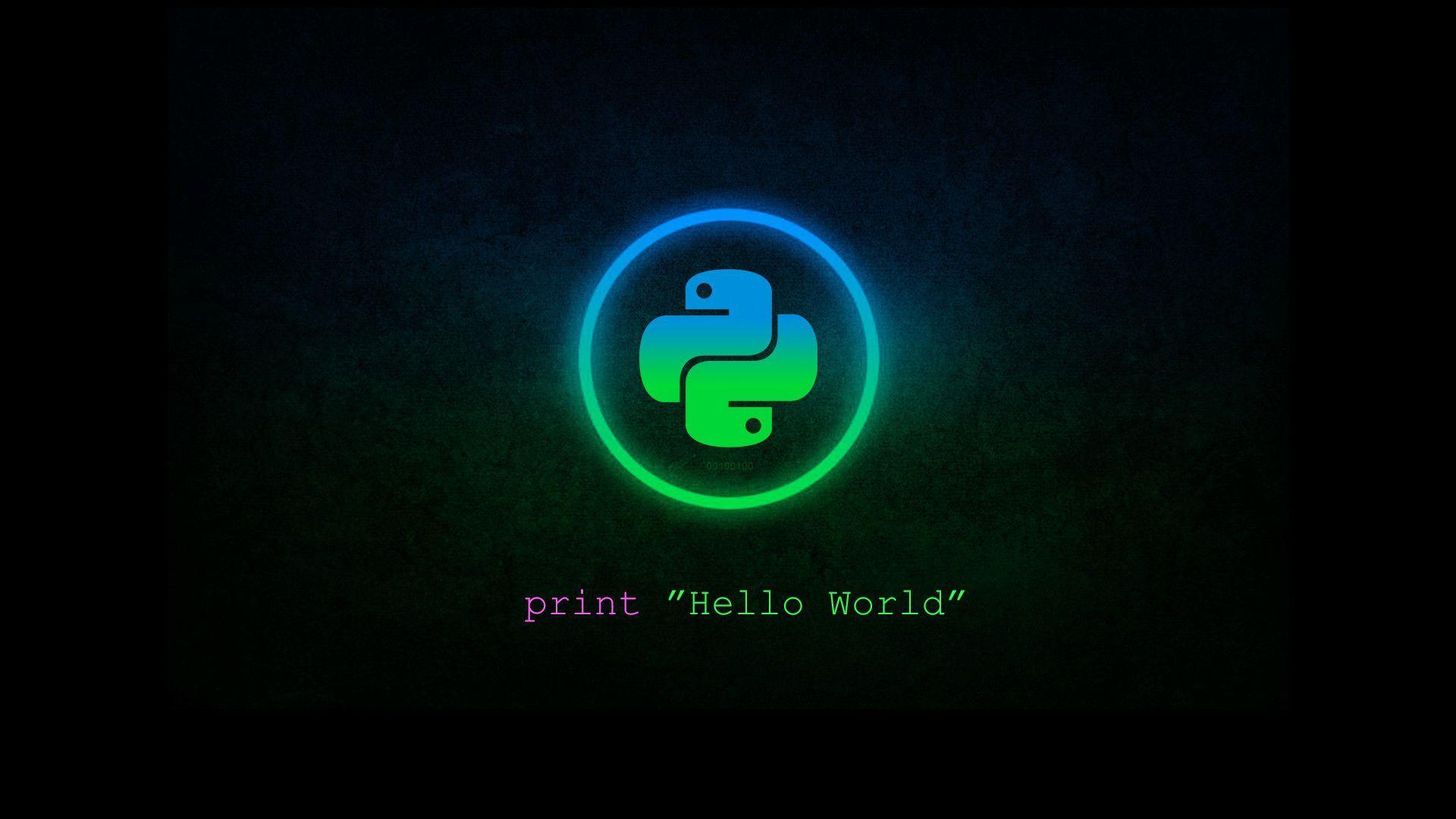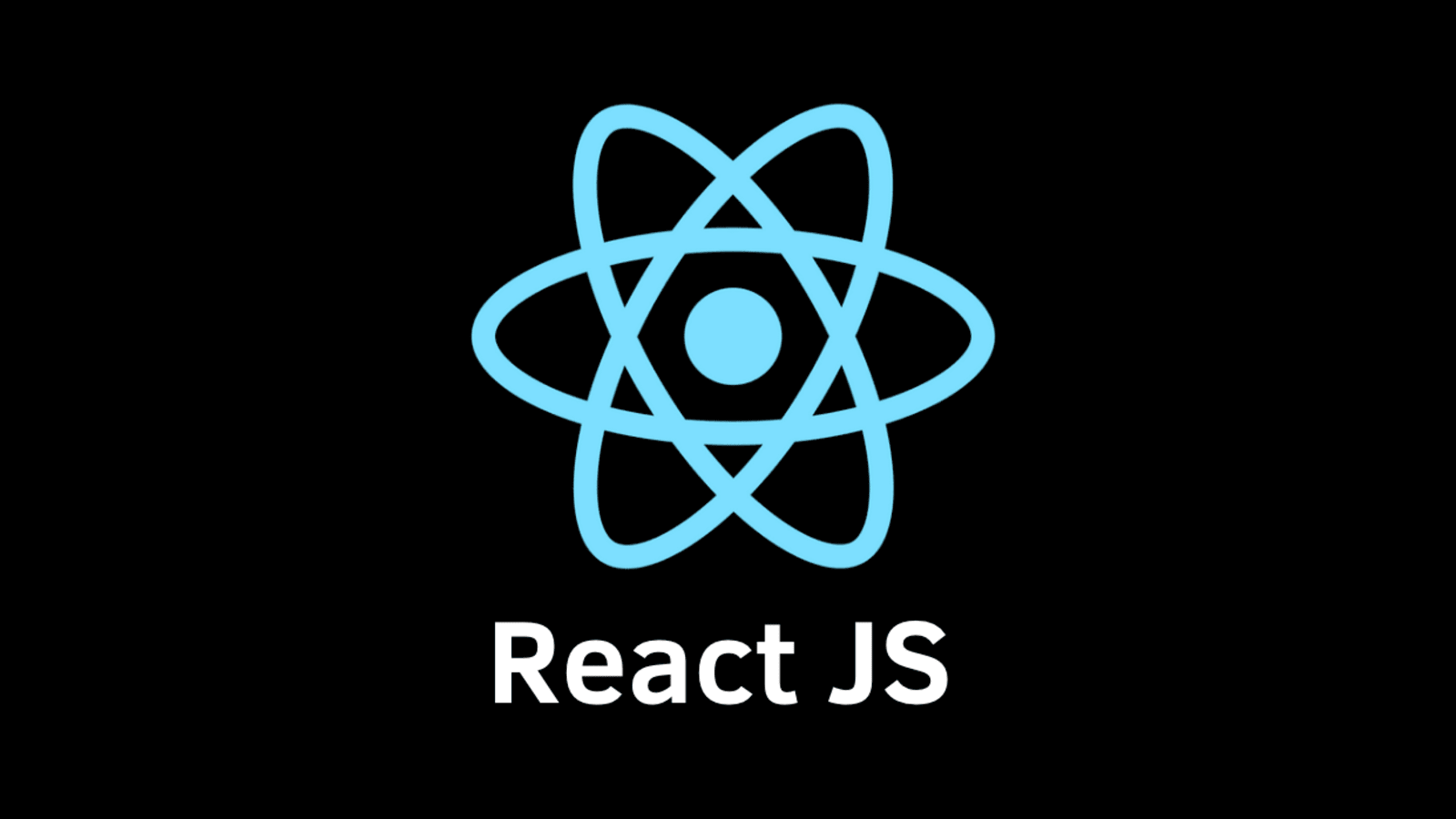
Top 10 Frontend Frameworks for Web Development
Top 10 Frontend Frameworks
-
React.js
React.js, developed by Facebook, is a JavaScript library for building user interfaces. It follows a component-based architecture, where UIs are divided into reusable components. React's virtual DOM efficiently updates the UI when data changes, resulting in fast and interactive web applications.
-
Vue.js
Vue.js is a progressive JavaScript framework for building user interfaces. It's designed to be incrementally adoptable, allowing developers to start small and scale up as needed. Vue.js offers simplicity, flexibility, and excellent performance, making it a popular choice for web development.
-
Angular
Angular, developed by Google, is a comprehensive JavaScript framework for building web and mobile applications. It provides features like two-way data binding, dependency injection, and modular architecture. Angular's CLI and extensive documentation make it easy to get started with development.
-
Svelte
Svelte is a radical new approach to building user interfaces. Unlike traditional frameworks, Svelte shifts the work to compile time, resulting in smaller and faster applications. With Svelte, developers write components using standard JavaScript, CSS, and HTML, and the framework optimizes the code during compilation.
-
Bootstrap
Bootstrap is a popular CSS framework for building responsive and mobile-first websites. It provides a wide range of pre-designed components, utilities, and stylesheets, making it easy to create modern and visually appealing interfaces. Bootstrap's grid system and extensive documentation streamline the development process.
-
Tailwind CSS
Tailwind CSS is a utility-first CSS framework that provides a set of utility classes to style HTML elements. It offers a highly customizable and low-level approach to building UI components, giving developers more control over the design and layout of their applications. Tailwind CSS is ideal for projects where custom styling is required.
-
Foundation
Foundation is a responsive front-end framework that offers a flexible grid system, UI components, and JavaScript plugins. It's known for its modular and customizable approach, making it suitable for building websites and web applications of any size. Foundation's comprehensive documentation and community support make it easy to use and extend.
-
Material-UI
Material-UI is a popular React UI framework that implements Google's Material Design principles. It provides a set of React components that follow Material Design guidelines, enabling developers to create beautiful and consistent user interfaces. Material-UI's customization options and theming support make it versatile and easy to integrate into React projects.
-
Semantic UI
Semantic UI is a modern front-end framework that uses human-friendly HTML to create semantic UI components. It offers a rich set of pre-designed elements and intuitive naming conventions, making it easy to build responsive and accessible interfaces. Semantic UI's theming capabilities and community-driven development model contribute to its popularity among developers.
-
Bulma
Bulma is a modern CSS framework based on Flexbox. It provides a clean and modular architecture, making it easy to create flexible and responsive layouts. Bulma's extensive documentation and utility classes simplify the process of building UI components and designing interfaces. With Bulma, developers can create professional-looking websites with minimal effort.
Keywords

#2 - Arrays and Strings - Data Structures and Algorithms using C++ | Akash Vishwakarma
Hi its me Akash Vishwakarma, This is Article No #2 of Our DSA Series on Skytup. In this Article We will learn about C++ Fundamentals. This article is written with the help of Ai Tools and some of my o

#3 - Linked Lists - Data Structures and Algorithms using C++ | Akash Vishwakarma
Hi its me Akash Vishwakarma, This is Article No #3 of Our DSA Series on Skytup. In this Article We will learn about Linked Lists. This article is written with the help of Ai Tools and some of my own e

#4 - Stacks and Queues - Data Structures and Algorithms using C++ | Akash Vishwakarma
Hi its me Akash Vishwakarma, This is Article No #4 of Our DSA Series on Skytup. In this Article We will learn about C++ Stack and Queues. This article is written with the help of Ai Tools and some of

#5 - Trees - Data Structures and Algorithms using C++ | Akash Vishwakarma
Hi its me Akash Vishwakarma, This is Article No #5 of Our DSA Series on Skytup. In this Article We will learn about C++ Trees. This article is written with the help of Ai Tools and some of my own expe














